If you are a researcher, student, university professor, or Engineer in the company in the field of composite materials, this training package in simulating these materials in Abaqus software is the best selection.
In this training package, everything you need to simulate these materials is completely available from simple to advanced. It includes modeling these materials in Abaqus to fatigue and damage of composite materials. Note that composite materials in some cases require subroutine writing due to their complex behavior for simulation in Abaqus software. An example of subroutine requirement in these materials is to study the fatigue of composite materials in the Abaqus, the implementation of damage initiation, and the progressive damage in three-dimensional elements.
You can see the syllabus and details of this workshop below or the drop-down menu on the right side of this product page.
Package-1: Simulation of Composite Material Damage in ABAQUS
This package introduces and utilizes diverse theories to initiate and progress damage within composite materials, utilizing ABAQUS capabilities tailored for various elements. As you’re aware, the approach to defining Abaqus composite damage aligns entirely with the distinct method in ABAQUS, depending on whether micro or macro modeling is employed. This training package is specifically designed for macro modeling of composite structures.
Package-2: Introduction to USDFLD and VUSDFLD Subroutine for composite materials
In this practical tutorial, material properties have the flexibility to be transformed into any dependent variable of choice. The subroutine offers simplicity and wide applicability, constituting one of its key advantages. The training package stands out for its diverse and abundant examples, reflecting its unique characteristics.
Comprising of 5 workshops, this training package provides comprehensive guidance on utilizing the USDFLD and VUSDFLD subroutines within the Abaqus software. Through these subroutines, you’ll gain proficiency in redefining field variables at material points based on the solution dependence of standard and explicit methods, respectively.
Package-3: UMAT Subroutine (VUMAT Subroutine) for composite materials
Workshop 1
The first workshop delves into elucidating the elastic properties of orthotropic materials. The lecturer proceeds to develop the UMAT subroutine for both the elastic behavior of these materials and the initiation of failure in composite materials. The results obtained are then validated using the graphical interface of the ABAQUS software. For comprehensive details regarding this workshop and the knowledge acquired, refer to the video.
Workshop 2
Abaqus software lacks a built-in damage initiation and progressive damage model for composite materials when employing 3D continuum elements. Therefore, users must develop subroutines when modeling structures that necessitate 3D continuum elements for composite structures. In this Abaqus UMAT tutorial workshop, participants learn about the elastic and damage behaviors of composite materials within 3D continuum elements. The focus is on detecting the onset of failure in composite materials through the subroutine.
It’s noteworthy that the Puck model serves as a damage criterion capable of identifying both compressive and tensile failure, as well as discerning damage in the fibers and matrix separately. Additionally, this model computes the fracture angle. Subsequently, upon identifying failure initiation, the properties of the composite material are adjusted based on the mode of failure.
To validate the developed subroutine, a simple model undergoes varying loads in different directions, experiencing tension and compression. The obtained results are then compared with those derived from the Abaqus model within this Abaqus UMAT tutorial for validation purposes.
Package-4: 3D continuum HASHIN progressive Damage for composite materials in ABAQUS (VUMAT Subroutine)
This tutorial instructs on simulating damage in 3D continuum composite materials using ABAQUS. As ABAQUS lacks a built-in material model for such composites, users must craft a customized subroutine to mimic damage initiation and progression. Within this package, the Hashin criteria, a widely practical method for detecting failure, is implemented. Notably, the subroutine incorporates gradual progressive damage, leveraging the energy method. This intricate subroutine is applicable to both static and dynamic problems.
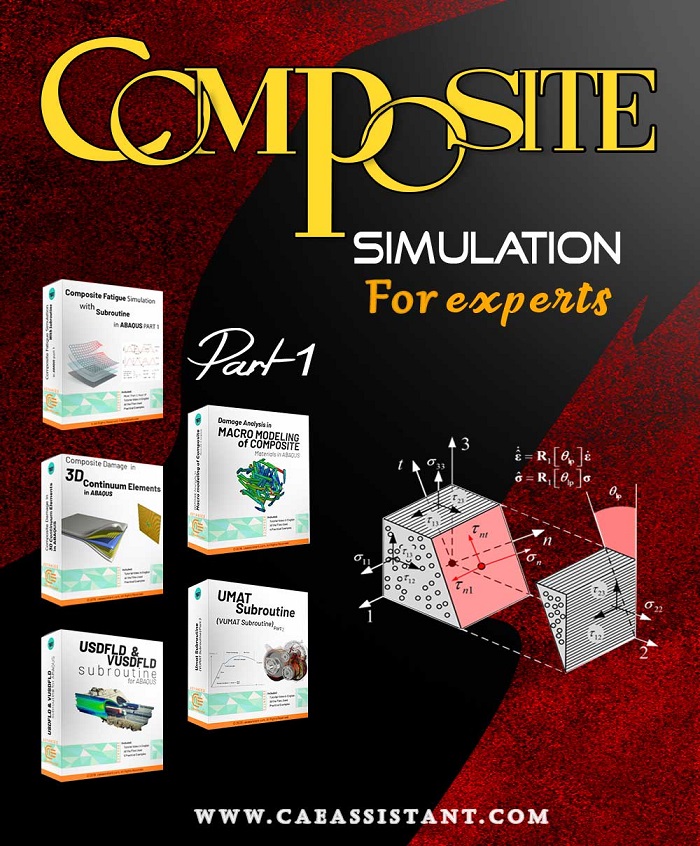
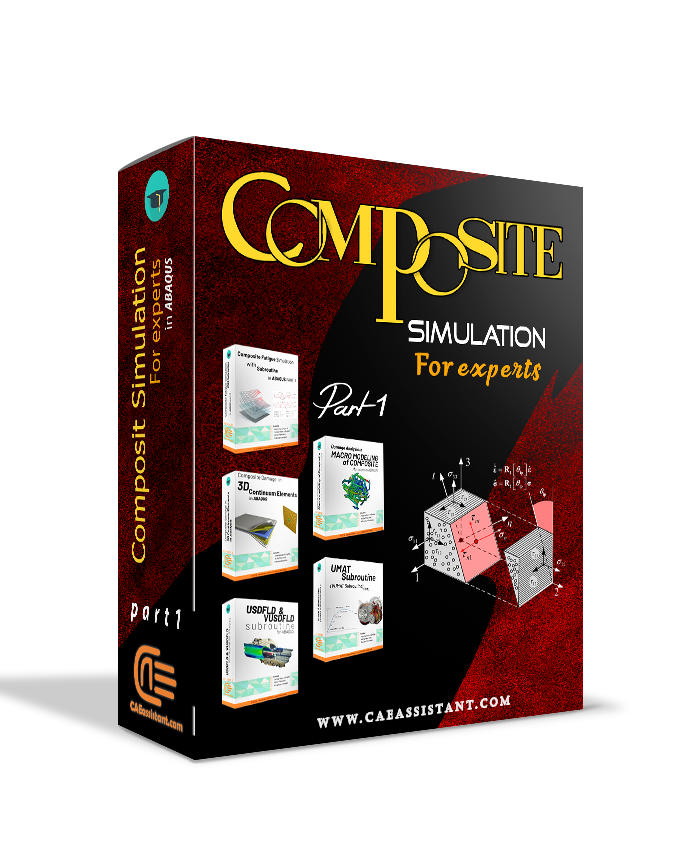
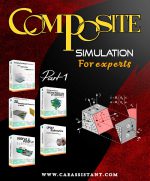
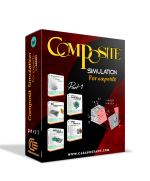
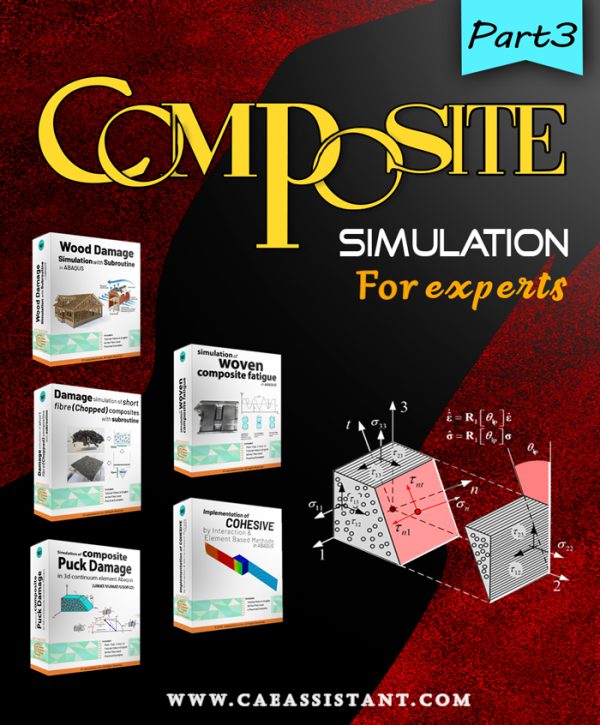

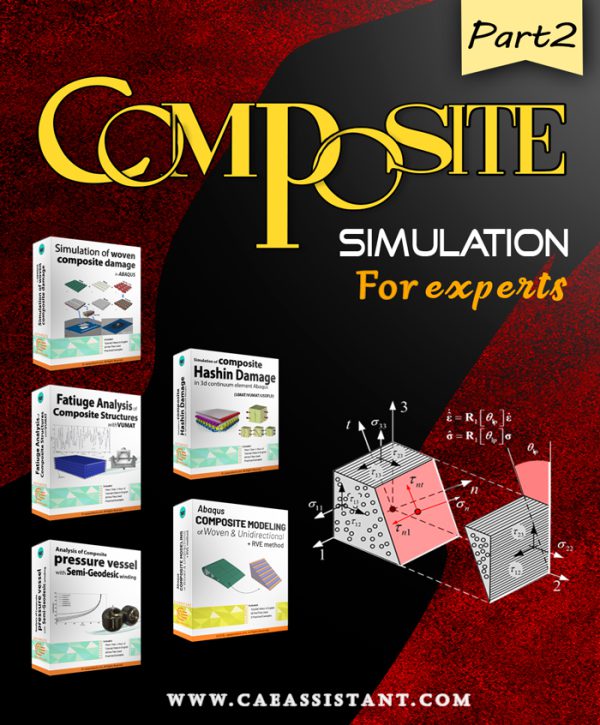
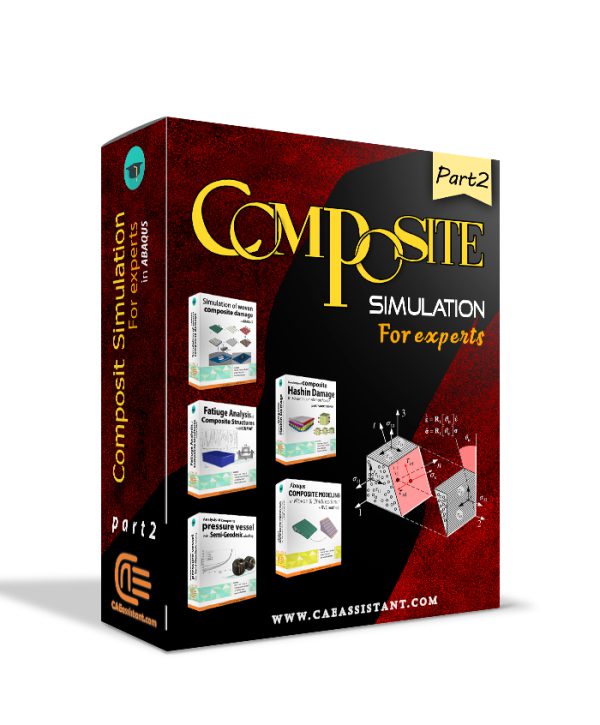
Schmidt Eidman –
I have many experiences with composite structures. This package could help me simulate composite structures in different fields like macroscopic modeling, damage, fatigue, and implement this material in several types of subroutines like UMAT, USDFLD, VUMAT and etc. Thanks!
Experts Of CAE Assistant Group –
You’r welcome. If you think some topics should be added to Part2 of this package let us know. You can send an email to us(support@caeassistant.com)
Sū China –
I wanted to start simulating composites and composite damage and was wondering where to begin. Thanks! This is professional package for ones who are beginners in this matter and ones who have experience.
Xiu Chen –
What a nice package for composites. With this package, not even you learn about the composites, you will learn things about the UMAT, VUMAT, USDFLD subroutines as well. If I have some questions about my own simulation, can I contact the experts of the website?
Zoé Dubois –
If you want to learn all these topics by searching the web, you must spend a lot of time. But this package will ease your job and teach you in the best way. I recommend getting it.
Archie Bell –
Do not miss this package! Do not wonder in web looking for tutorials for composite damage. I believe it’s worth it to spend money on this package. I didn’t regret it.
Taara Basu –
Sounds like a complete package for composites and it seems to cover everything about composites. I have a question, is this package contain FGM materials?